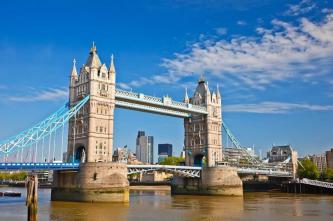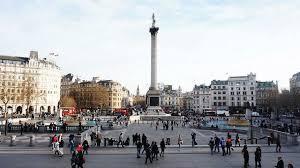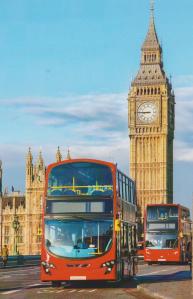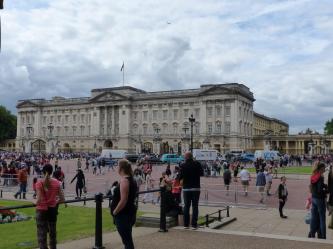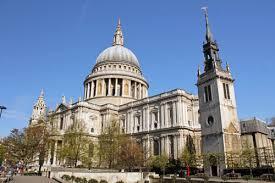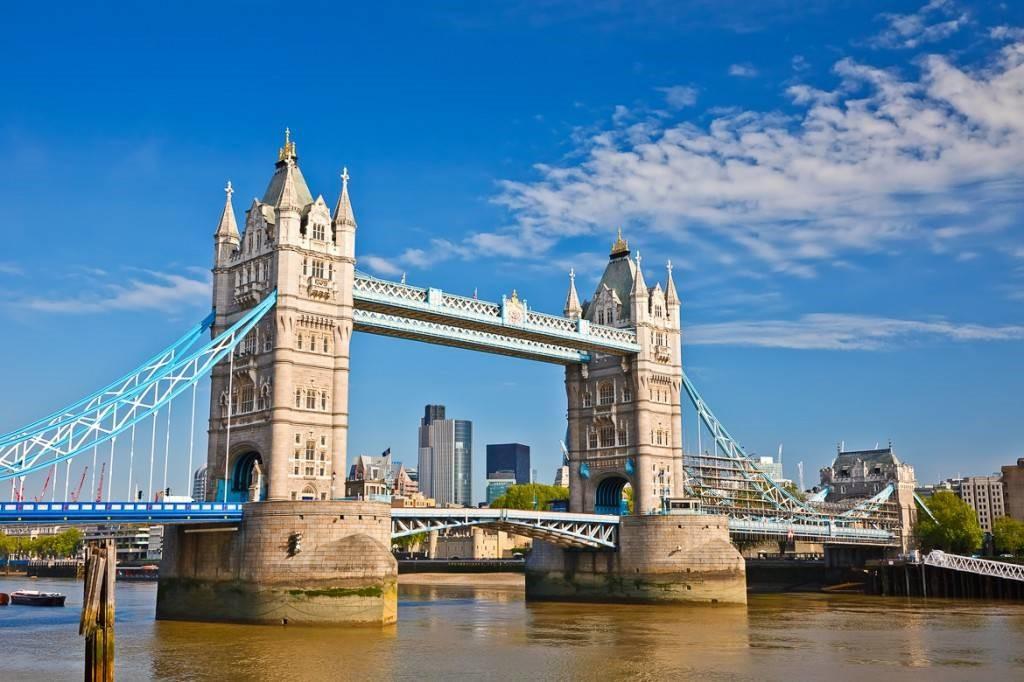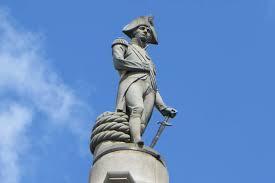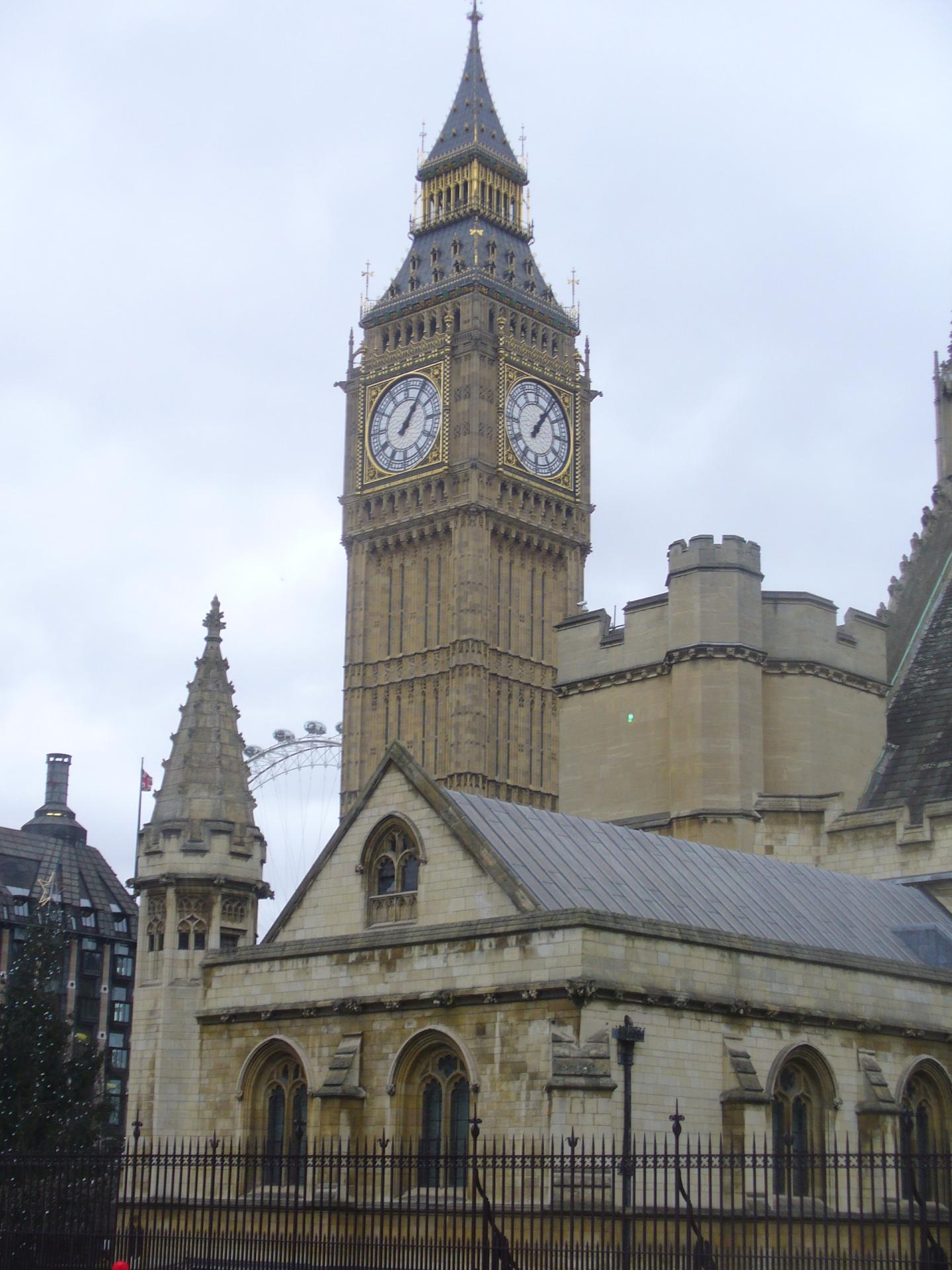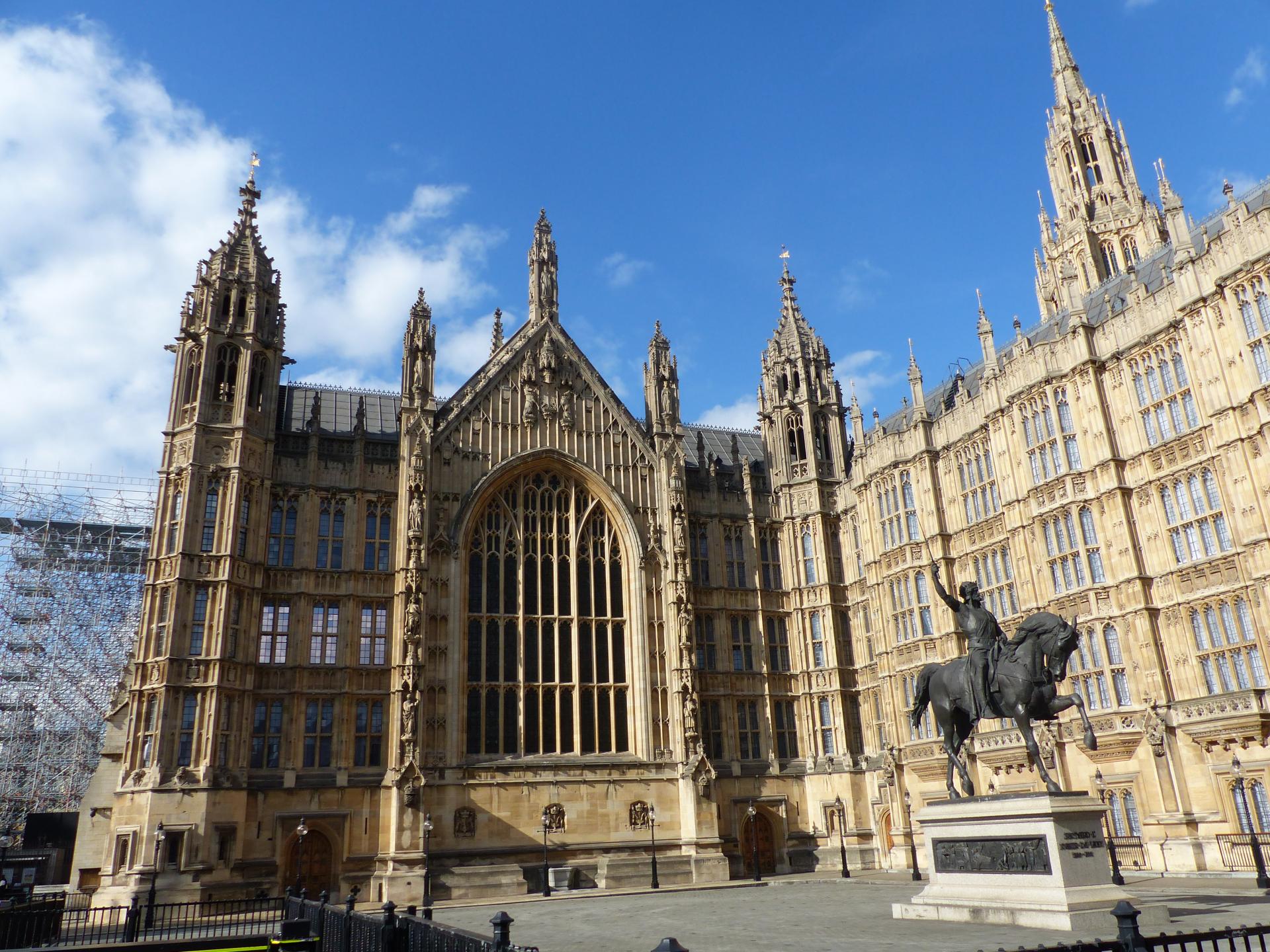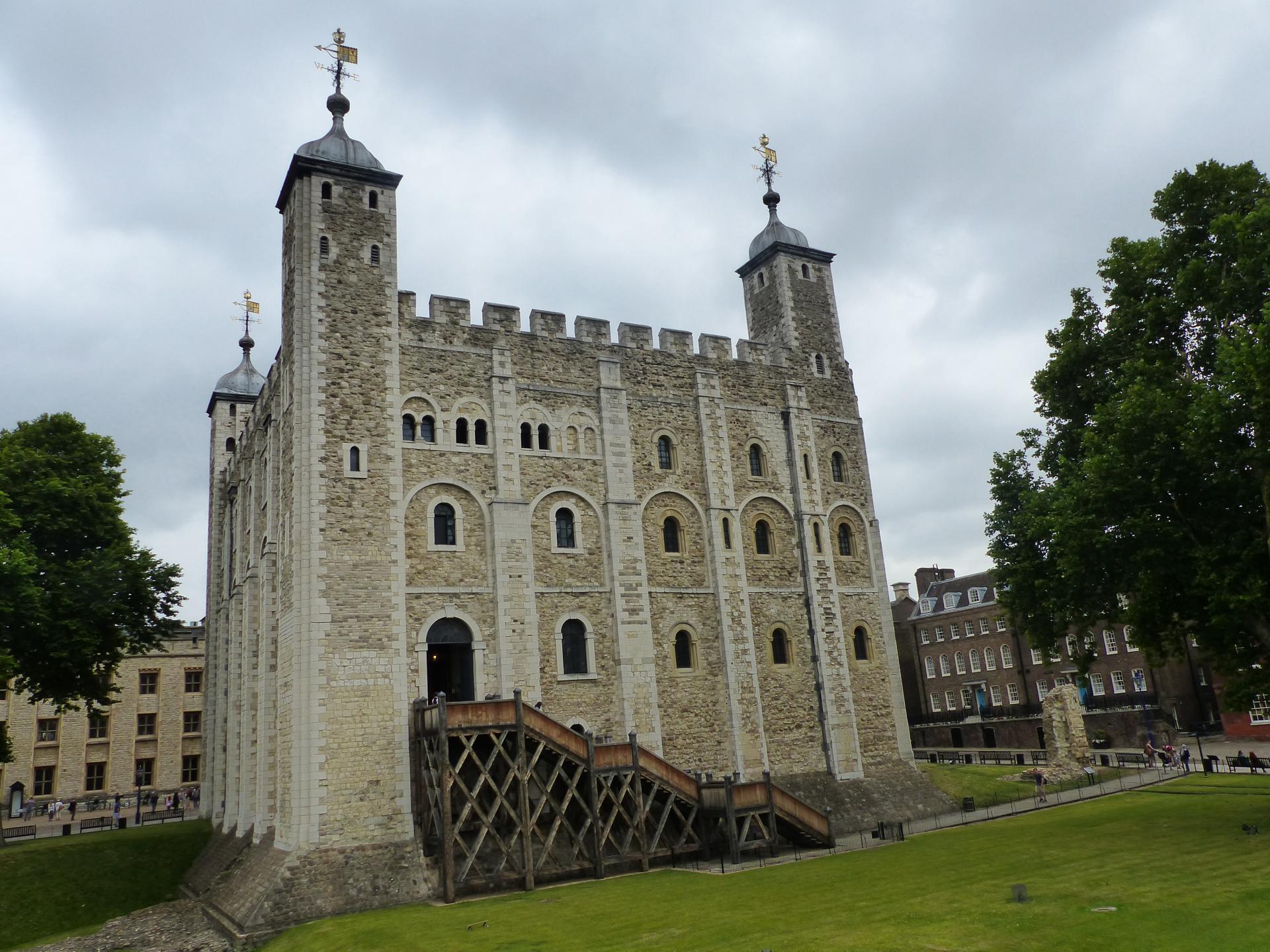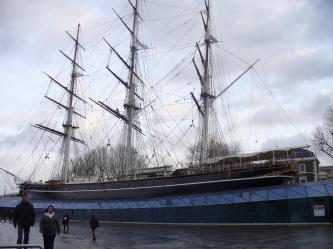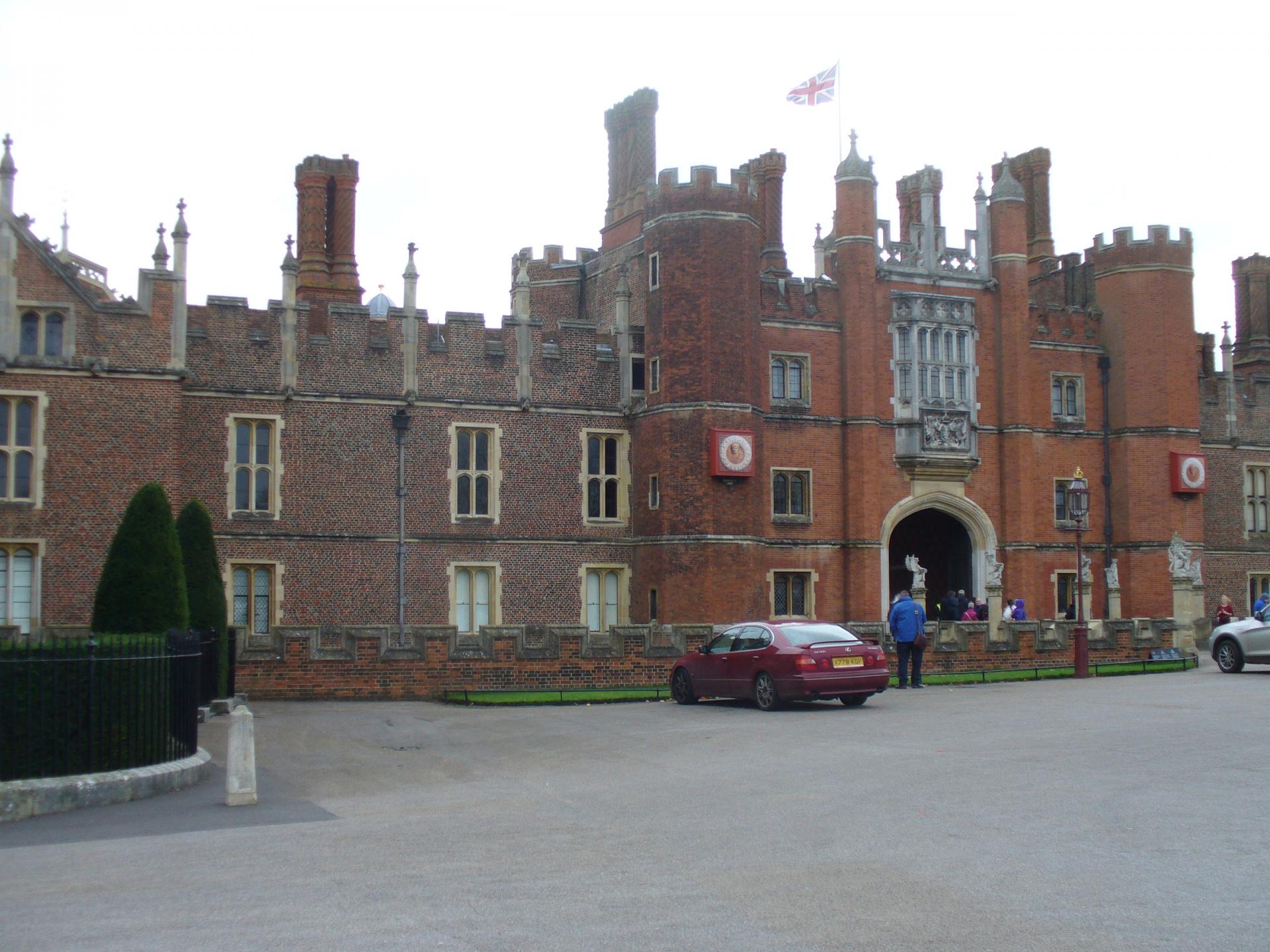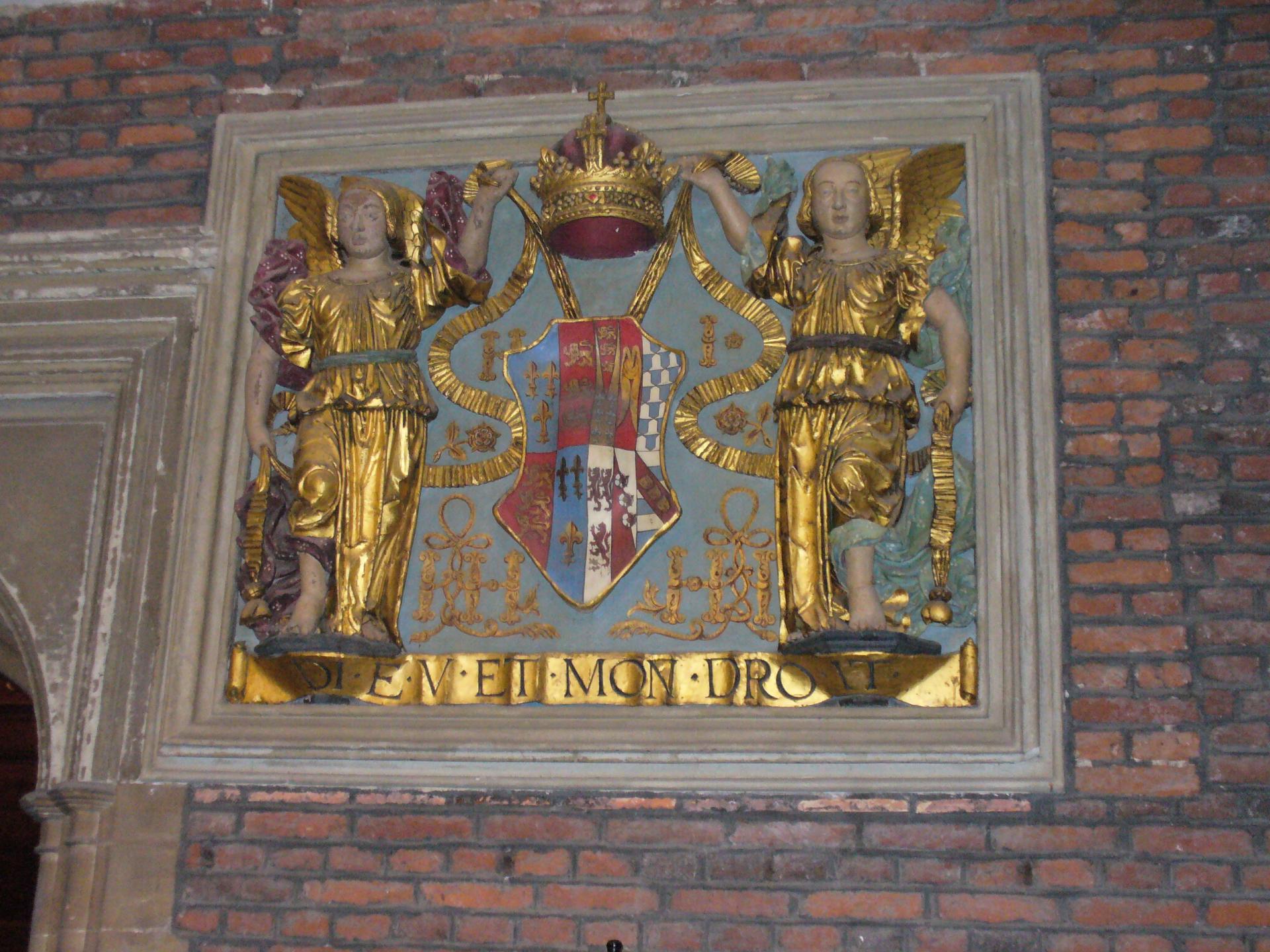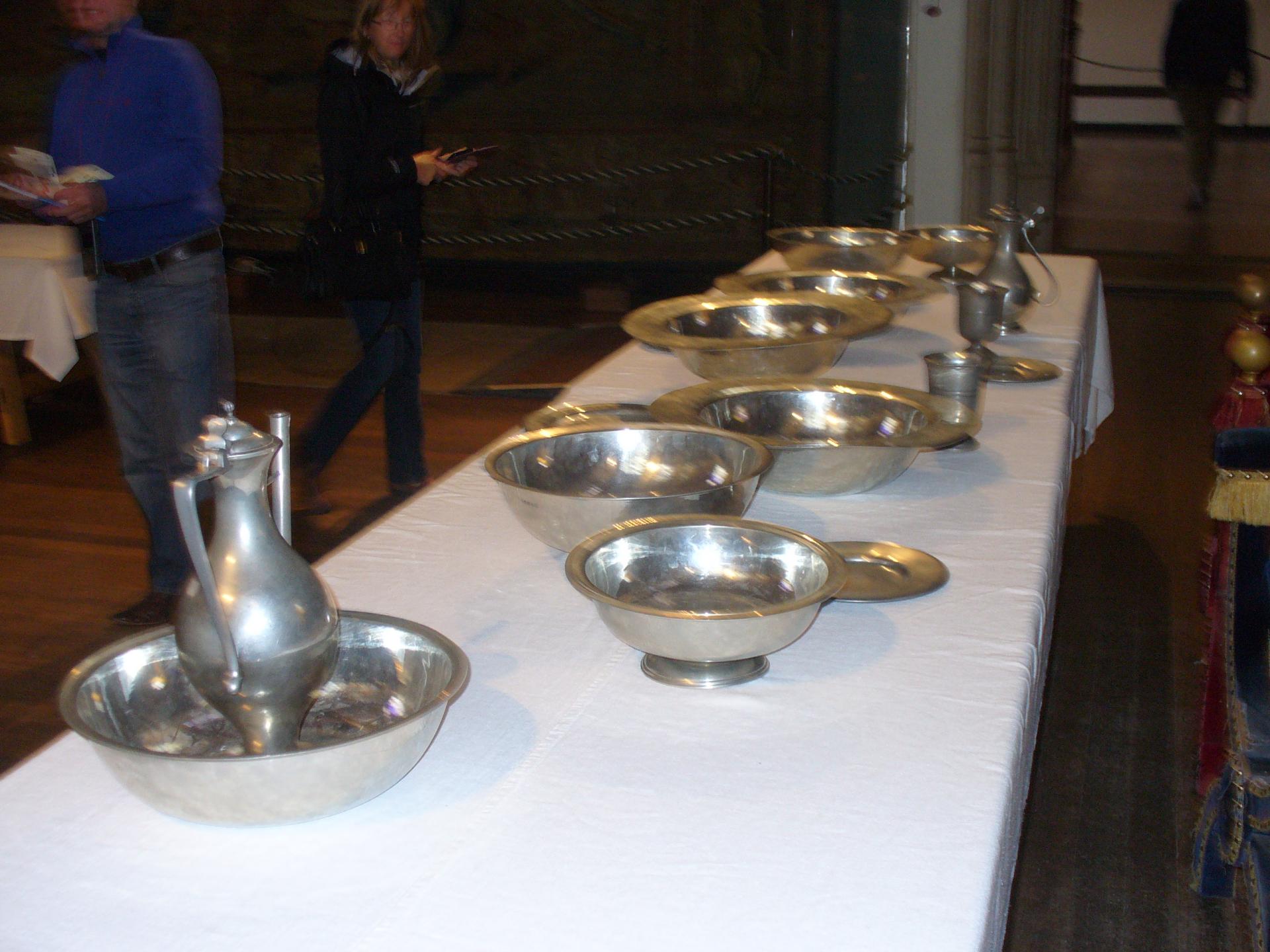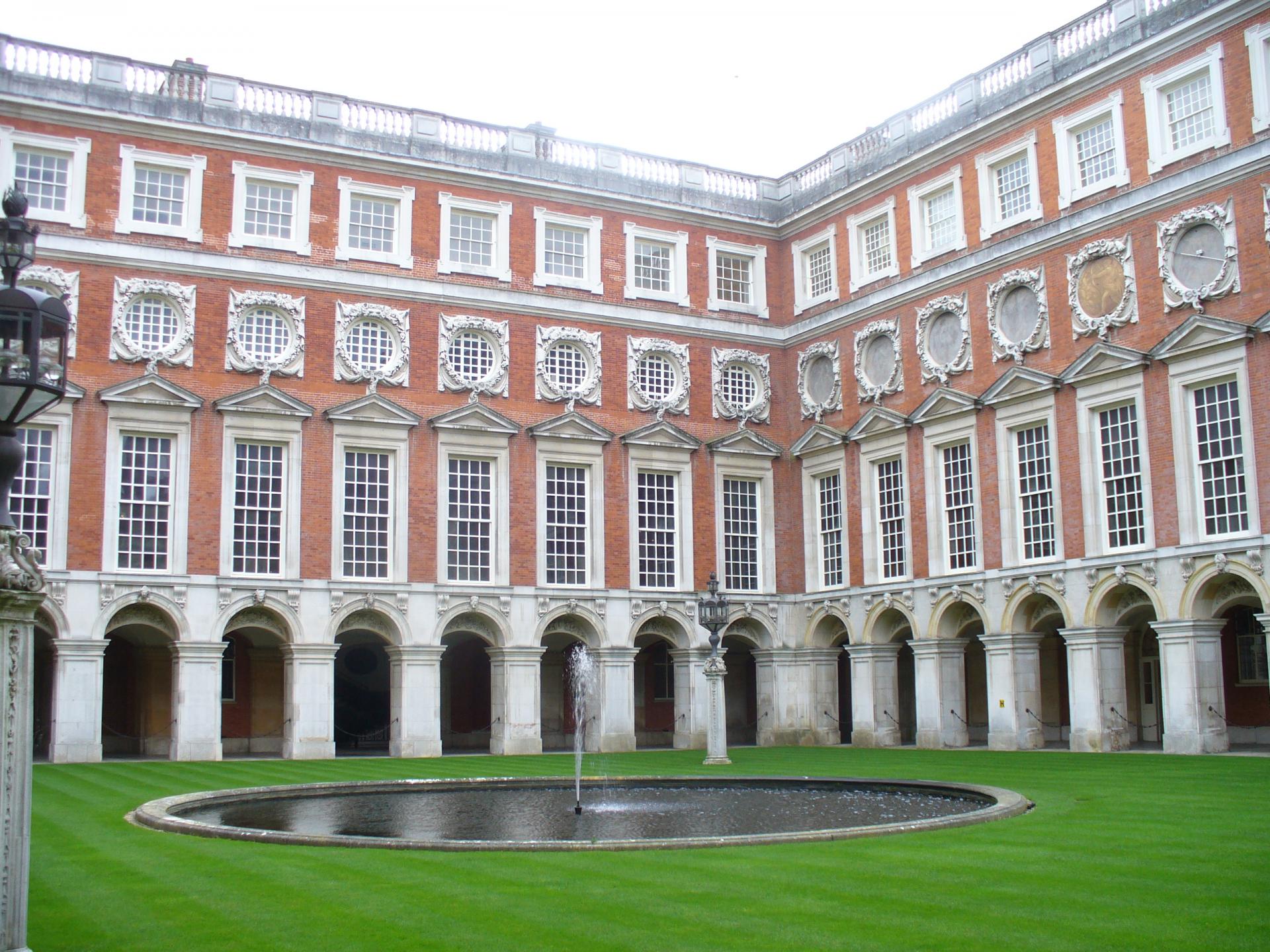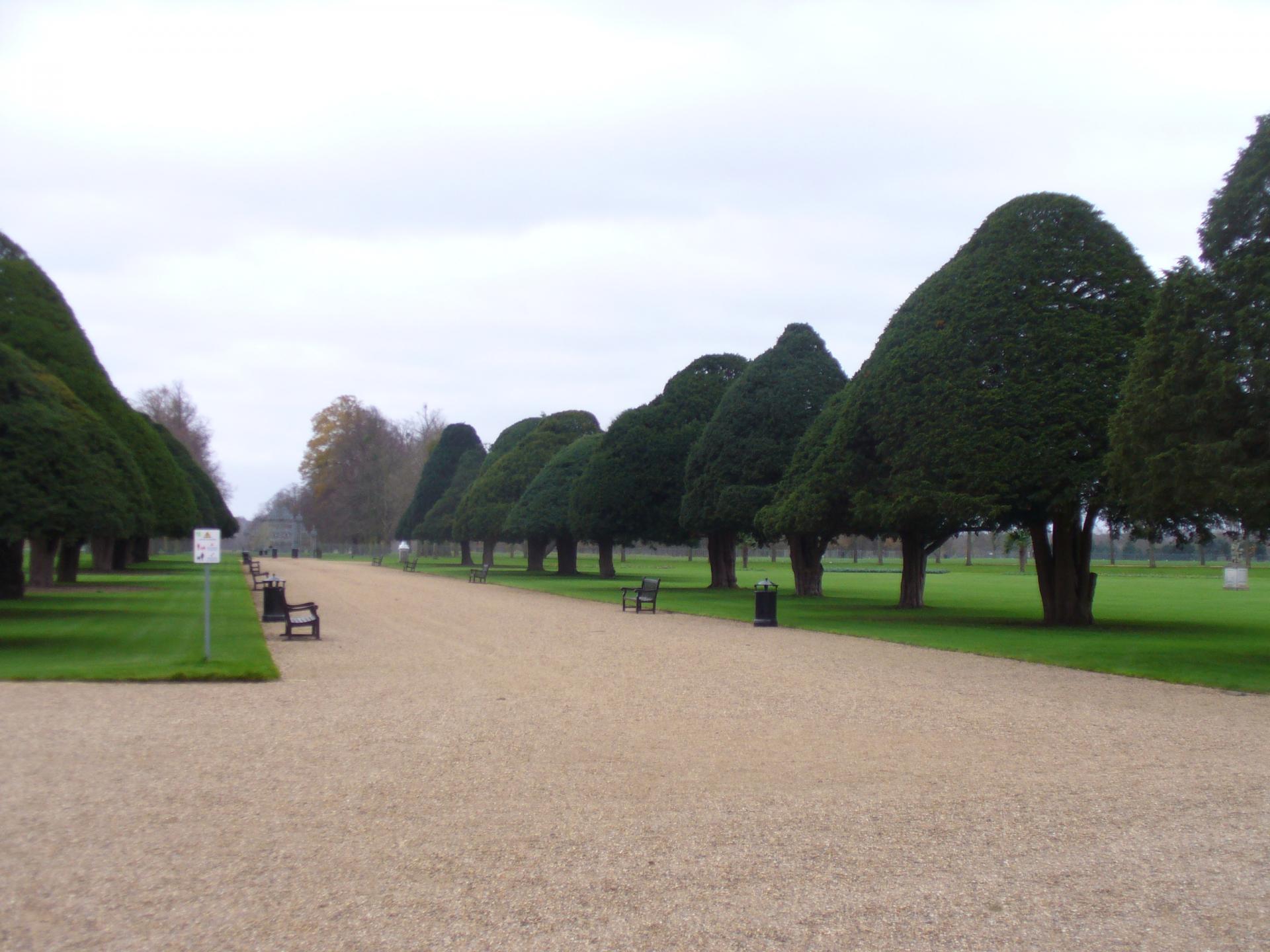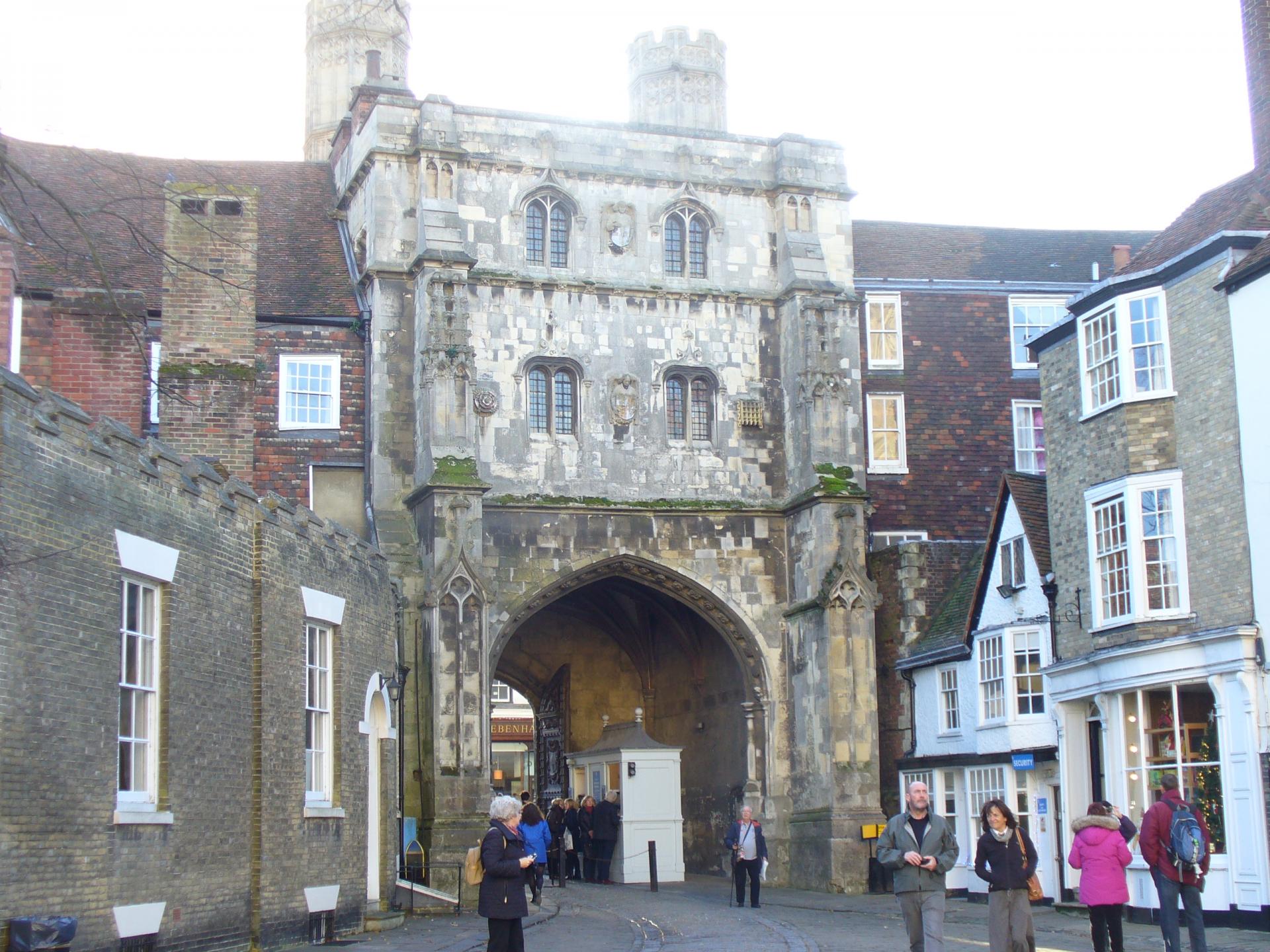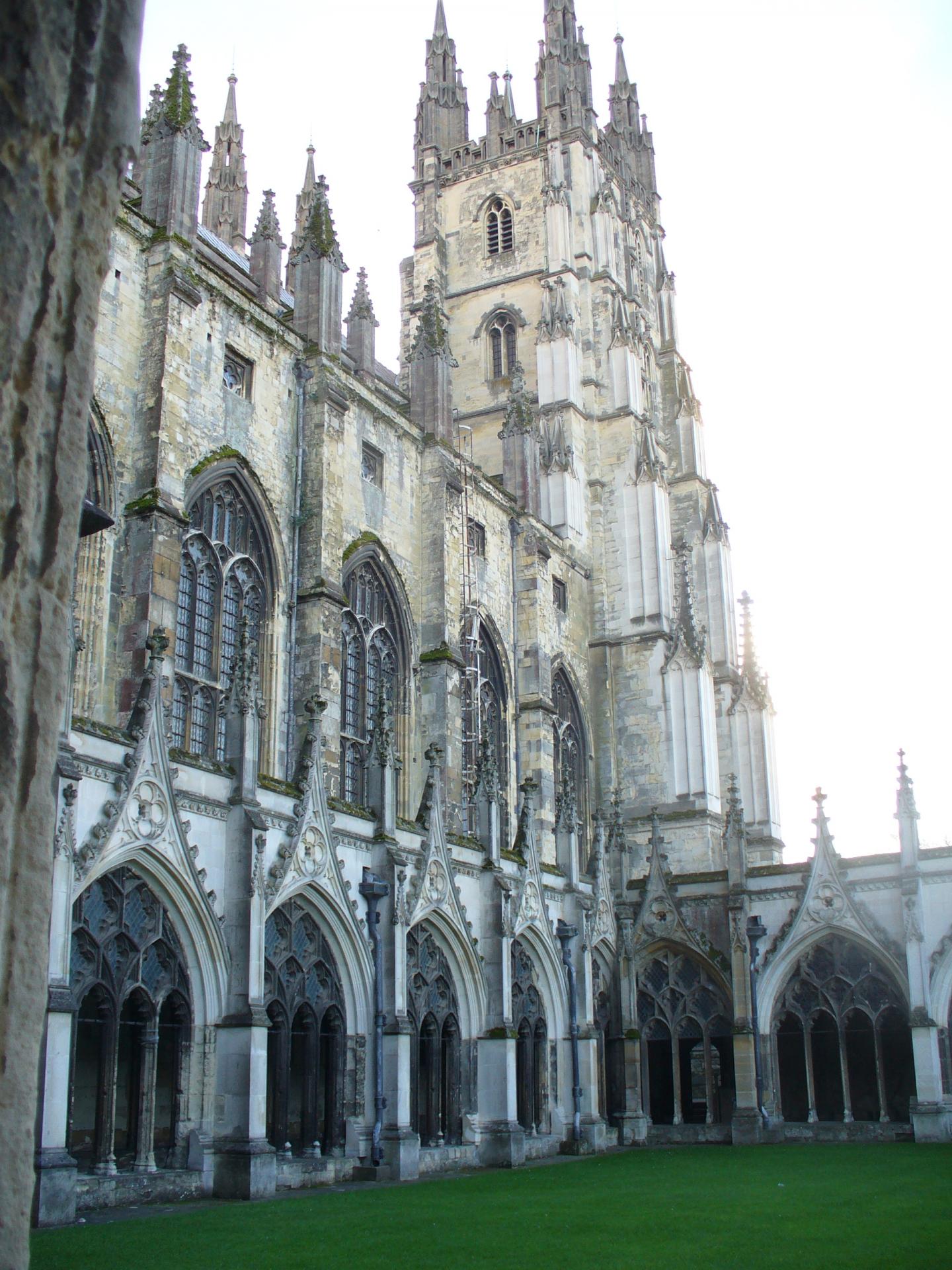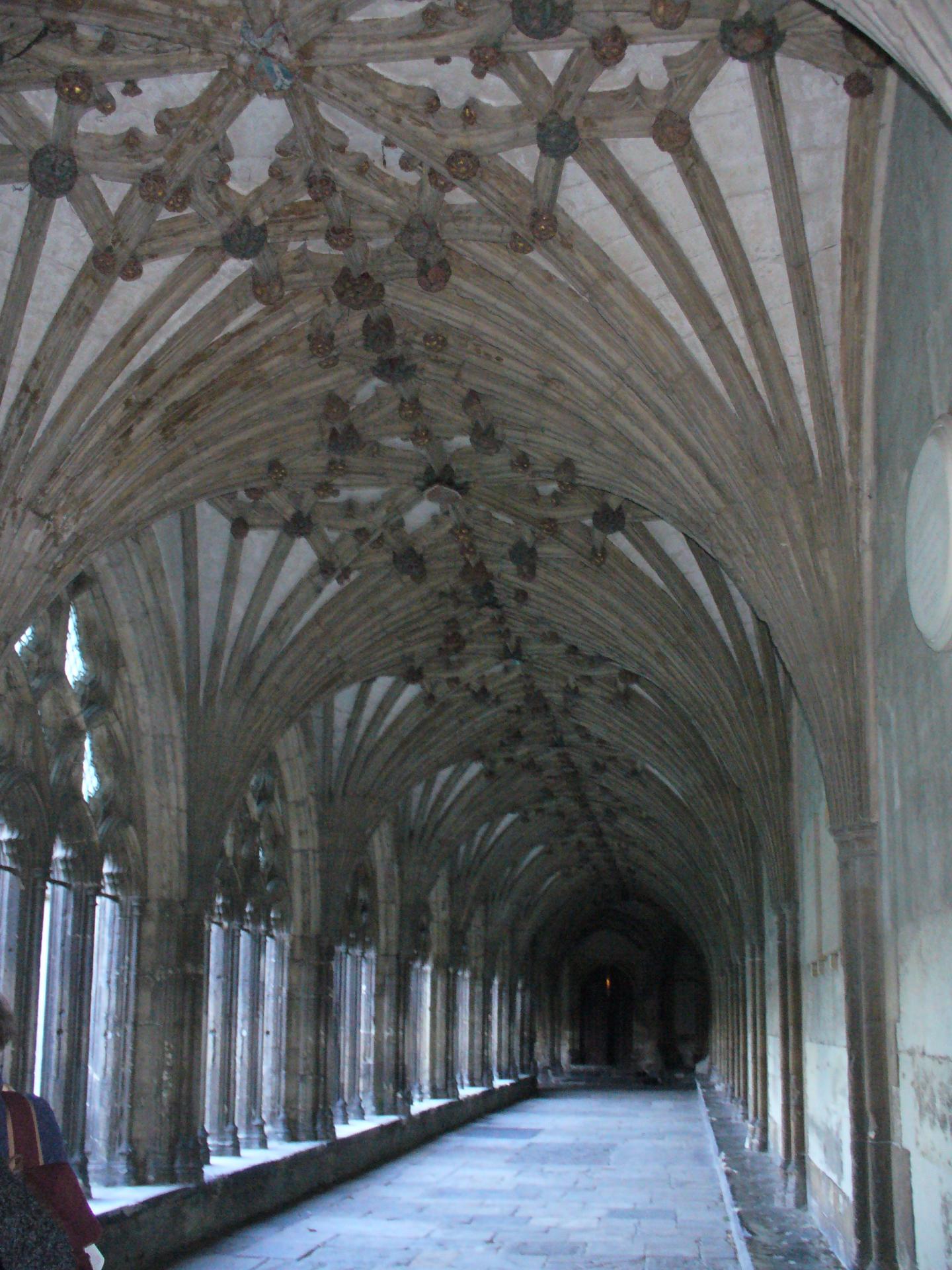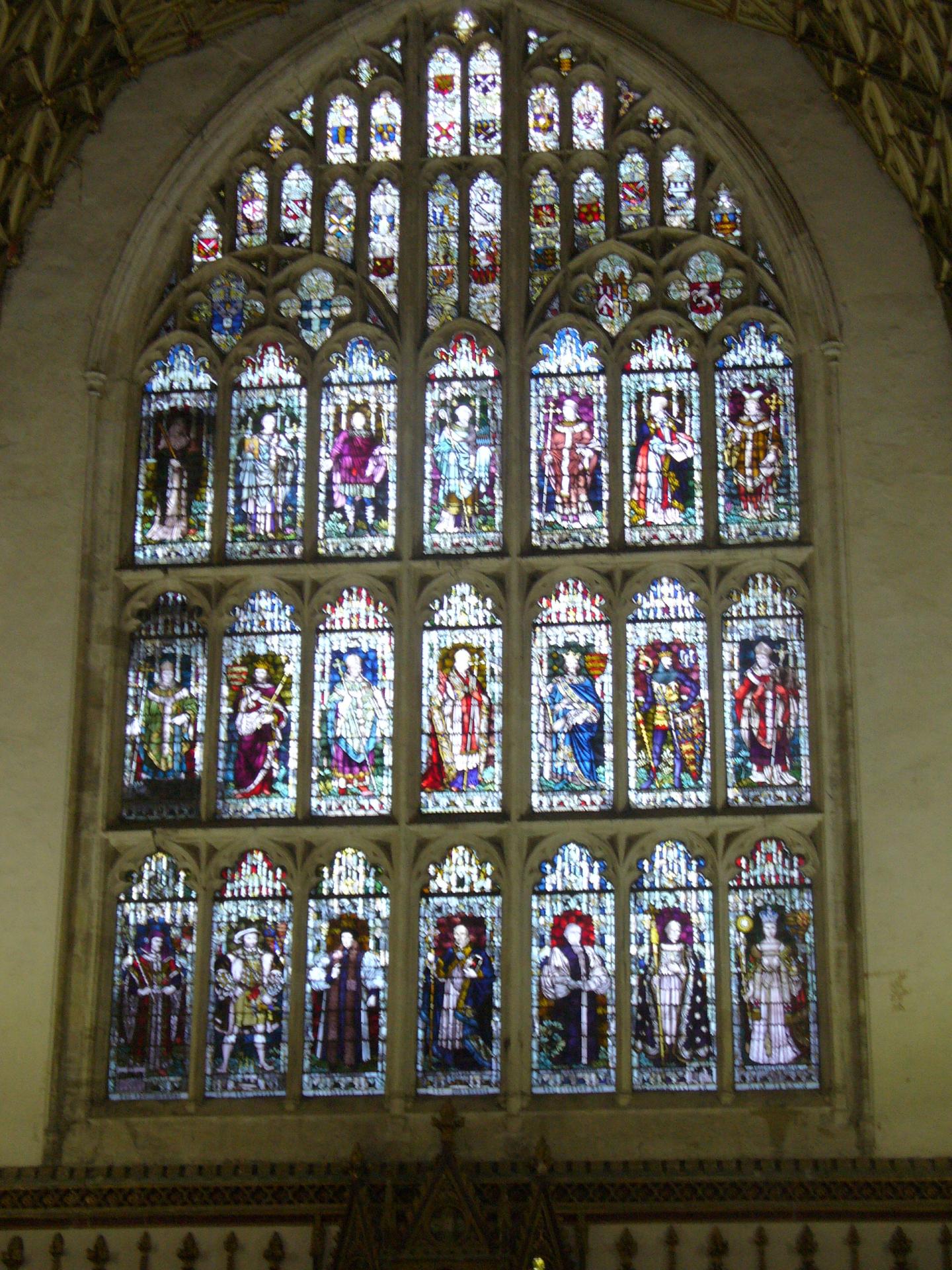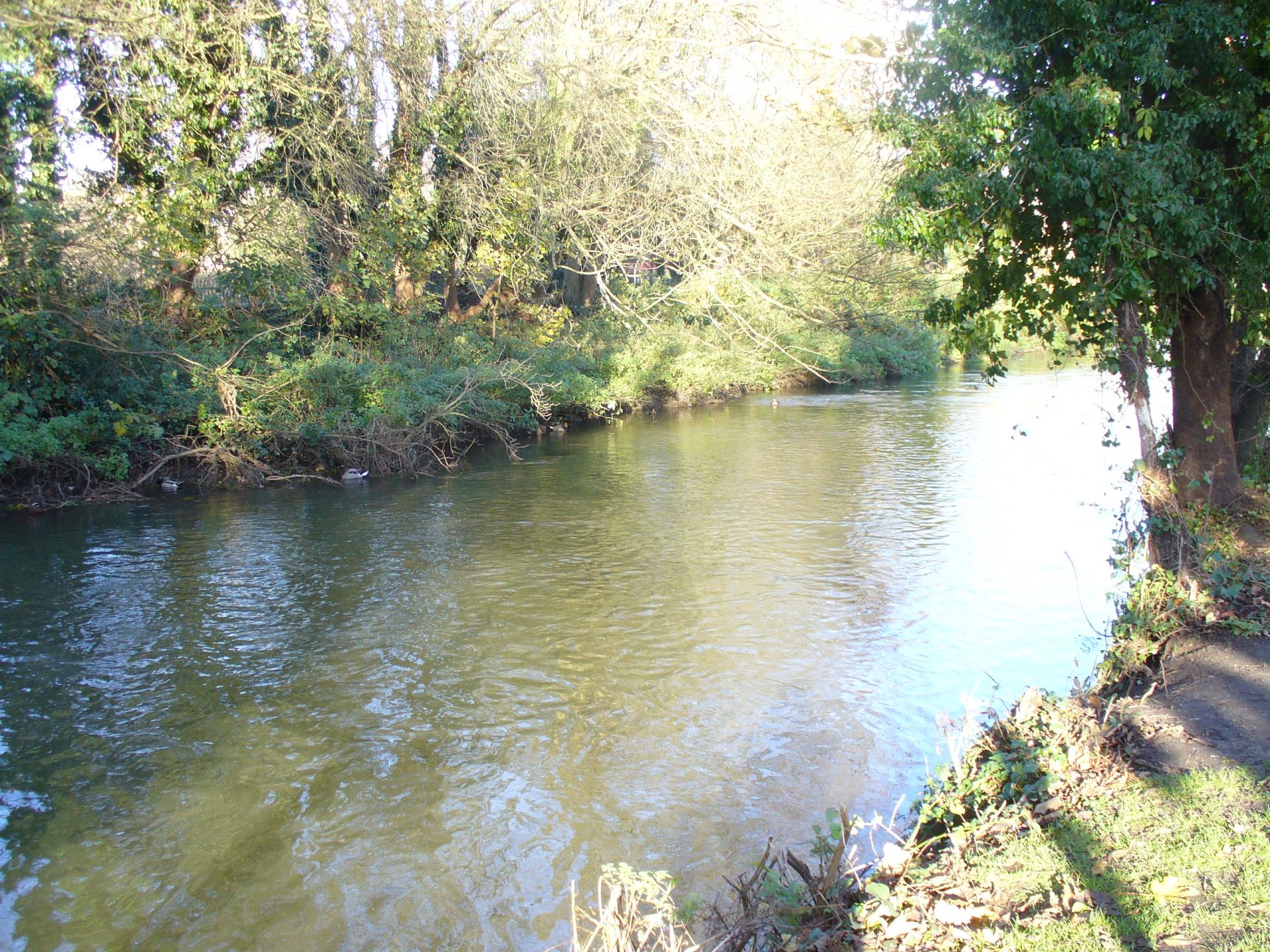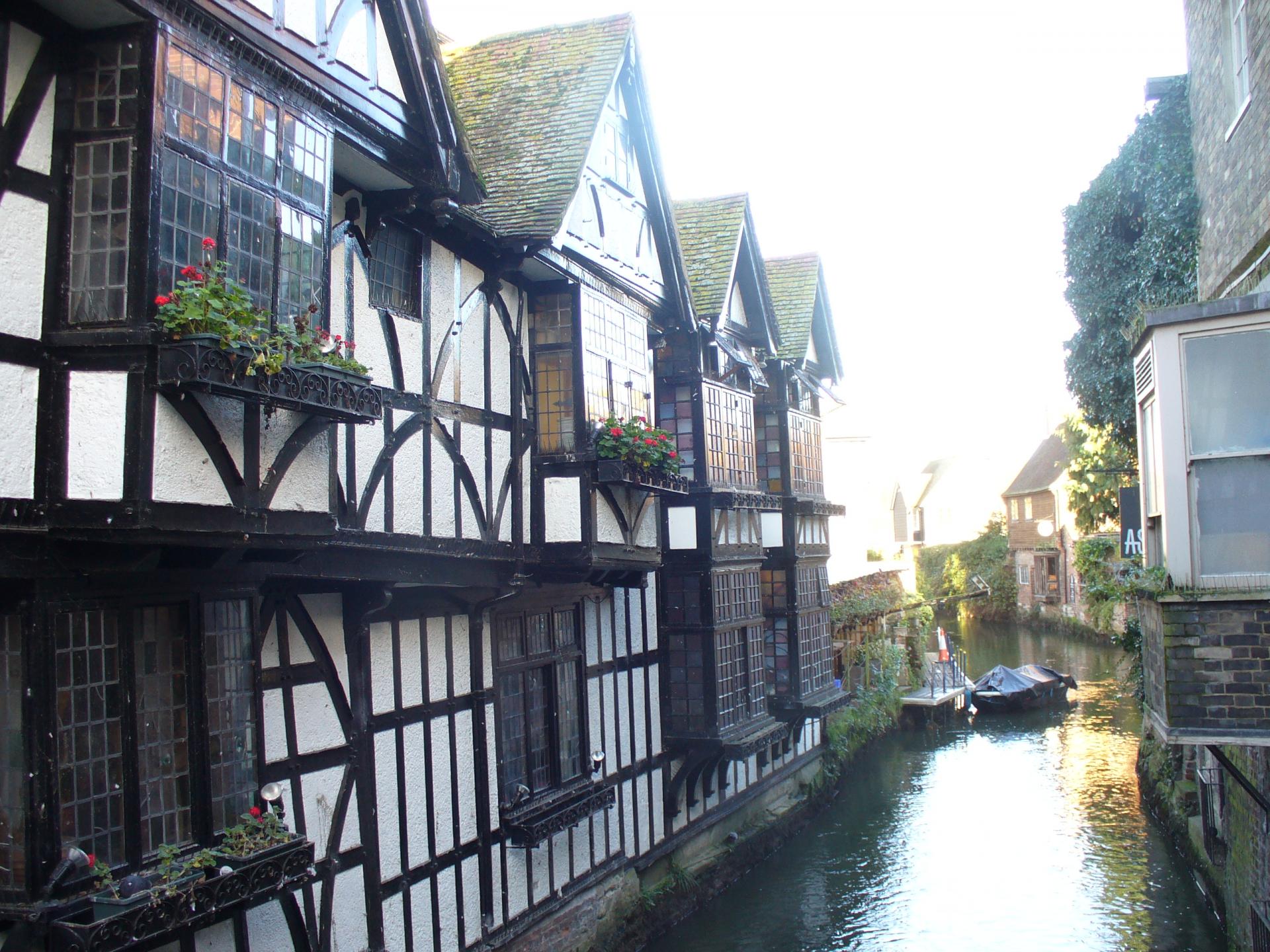LONDON
LONDON (du 4 au 6 Décembre 2015)
Most travellers from France arrive in London by Eurostar in St Pancras Station.
This is a very large station, on two levels, with a huge selection of places to eat and to shop.
We all know the usual landmarks on the tourist itinerary of the capital, but there are many places not usually visited, the Monument (to the great fire of London, 1666), Southwark Cathedral, and Borough Market for gastronomes. Try a river boat trip to Greenwich, or take the Tube to wild Hampstead Heath.
Walk from Buckingham Palace through the Royal Parks (Green Park, Hyde Park and Kensington Gardens) to Notting Hill Gate, and then to Portobello Road Market.
Above all, take advantage of the free museums in South Kensington and Bloomsbury and the Tate Britain and Tate Modern on the Thames.
And explore the collections of art in the National Gallery and the National Portrait Gallery.
TRAFALGAR SQUARE
Trafalgar Square is one of the most important and lively squares in central London. It was built in 1830 to commemorate the victory of the British army over the French and Spanish armies during the Battle of Trafalgar.
In the centre of Trafalgar Square, a granite column almost 50 metres high is topped by a majestic statue of Admiral Nelson, who died in the Battle of Trafalgar while leading the British fleet, in 1805.
Admiral Nelson's granite column is surrounded by four gigantic lions, cast in bronze from the guns of the French fleet.
Don't forget the imposing National Gallery to the north of the square, illuminated by magnificent fountains. It houses one of the finest collections of paintings by European masters.
WESTMINSTER
WESTMINSTER PALACE
Dominated by the silhouette of Big Ben, this masterpiece of Victorian architecture serves as the meeting place for both the House of Commons and the House of Lords.
An equestrian statue of Richard I, King of England is erected at the exterior of Westminster Palace.
BIG BEN
Big Ben is the nickname for the large 13.5-ton bell housed in the Clock Tower of the Palace of Westminster, which is the seat of the British Houses of Parliament, in London.
The building faces the Thames, between Westminster Bridge and Westminster Abbey.
WESTMINSTER ABBEY
Construction of the present church began in 1245, on the orders of King Henry III. Since the coronation of William the Conqueror in 1066, all coronations of English and British monarchs have been in Westminster Abbey. There have been 16 royal weddings at the abbey since 1100.
BUCKINGHAM PALACE
BUCKINGHAM Palace is the London residence and administrative headquarters of the monarch of the United Kingdom. Located in the City of Westminster, the palace is often at the centre of state occasions and royal hospitality. It has been a focal point for the British people at times of national rejoicing and mourning.
The building at the core of today's palace was a large townhouse built for the Duke of Buckingham in 1703 on a site that had been in private ownership for at least 150 Years.
Buckingham Palace is where the Queen lives. Buckingham Palace is the Queen's official and main royal London home. It has been the official London residence of Britain's monarchy since 1837. Queen Victoria was the first monarch to live there.
St PAUL'S CATHEDRAL
Saint Paul's Cathedral, located in the historic heart of London, UK, is a religious building, seat of his diocese.
It is considered to be one of the national churches of England, the royal church being Westminster Abbey (where, moreover, almost all sovereigns are crowned and buried).
Saint Paul's Cathedral was built from 1675 to 1708, after the destruction of the old medieval cathedral during the Great Fire of London in 1666. The cathedral is a mixture of classical and baroque architecture, the predominant style in the building . It is the work of the famous English architect Christopher Wren.
GREENWICH
Try a river boat trip to Greenwich or we will walk under the Thames to Greenwich in the Victorian foot tunnel.
When we emerge, we will see the Cutty Stark, the famous tea clipper, which has been restored after a fire.
Here we will walk to Greenwich Park, and we can see the beautiful Queen's House where there is an excellent collection of paintings.
At the top of the park standes the famous Royal Observatory where you can stand astride the famous Greenwich Meridian Zero.
HAMPTON COURT
Hampton Court Palace
A royal palace in the London Borough of Richmond upon Thames , I2 miles (19 km) south west of central London, on the River Thames.
Access by river boat from Westminster Pier, or by train from Waterloo Station to Hampton Court Station.
The building of this Renaissance Palace began in 1515 for Cardinal Thomas Wolsey, a favourite of Henry VIII and
his Chancellor, arguably the most powerful man in England. In 1529, Wolsey lost the favour of the king, and he gave the Palace to Henry, to try and limit his disgrace. Without success, he was tried and found guilty of treason and imprisoned in the Tower of London, but he died before he could be executed.
Hampton Court was bigger than any of Henry's own palaces, but he enlarged it on taking possession, as he needed to house all his courtiers, over 100.
Hampton Court is built in the Tudor domestic style, in pinky-red brick. In the l7th century, William III's rebuilding and expansion in the Baroque style rather spoiled the architectural harmony of the site, but at least the buildings are symmetrical and the material is pink brick throughout. A part from the interior of the palace, the whole is surrounded by magnificent gardens, there is an excellent maze, planted in 1690, the historic royal tennis court, and the huge grape vine, planted in 1763, and judged in 2005 to be the largest in the world.
Hampton Court Palace is huge and one can easily spend a whole day visiting the buildings and the grounds.
CANTERBURY
The Cathedral
Canterbury Cathedral in Canterbury, in the County of Kent, is one of the oldest and most famous Christian churches in England.
In 597 Augustine established his seat and became the First Archbishop of Canterbury. Later the Trinity Chapel was added to make a tomb containing the relics of Saint Thomas Becket.
Over time, other personalities were buried nearby such as Edward Plantagenet (the Black Prince) and King Henry IV . The Corona (crown) tower was built on the east facade to contain the relic of the head of Saint Thomas who was beheaded. The Cathedral is renowned for its magnificent stained glass windows dating from the 12th and 13th century which depict miracles, royal and biblical events. The norman crypt dates back to the 11th century, the choir is from the 12th and the nave from the 14th.
Listed as a UNESCO World Heritage Site, it is the seat of the Archbishop of Canterbury, Primate of All England and religious leader of the Anglican Church.

